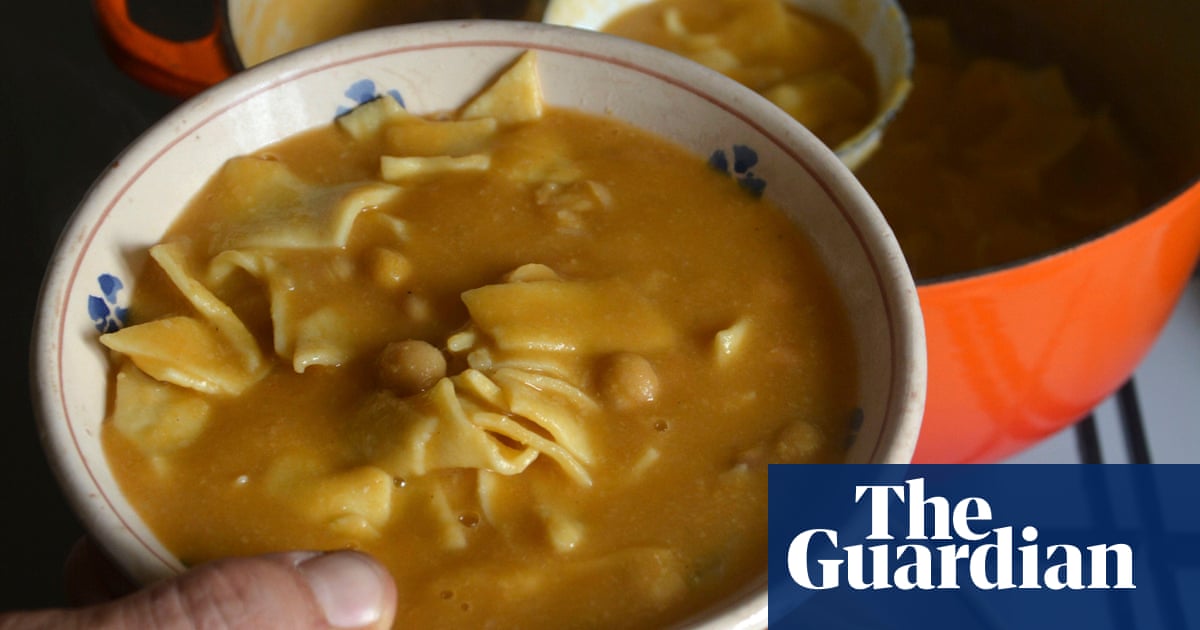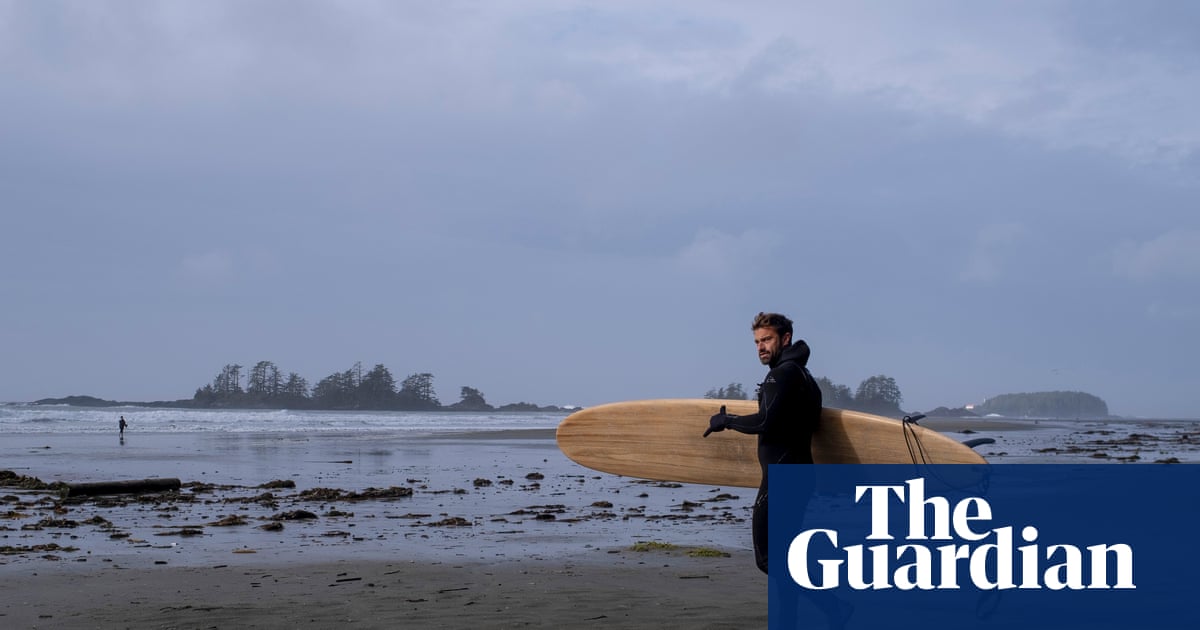While some humans find they have two left feet on the dancefloor, octopuses manage to coordinate eight highly flexible arms across a host of behaviours, from foraging to den-building, or moving around the seafloor.
Now researchers say they have completed the most comprehensive study of its kind, not only identifying the actions and small motions involved in different types of movements, but revealing that – like primates, rodents and fish – the cephalopods prefer to use particular limbs for certain tasks.
“In general, we did see that for most actions the octopuses used their front arms more often than their back arms,” said Kendra Buresch, a co-author of the study who is based at the Marine Biological Laboratory, Woods Hole, in the US. However, she noted there were exceptions.
Writing in the journal Scientific Reports, Buresch and colleagues reveal how they analysed 25 one-minute video clips of 25 wild octopuses across three species. These were filmed between 2007 and 2015 at six sites ranging from Vigo in Spain to the Cayman Islands, each with a different habitat.
For each clip, the researchers classified the behaviour of the octopus, such as fetching an object or walking, then classified the arm actions involved – such as curling the limb or reaching it away from the body
The team also explored which of the four ways octopus arms can deform – shortening, elongating, bending and twisting – was involved in each action.
Overall, the team identified 15 different octopus behaviours and 12 different arm actions, with some – such as crawling or parachute attack – requiring more arm actions than others, such as backward swimming.
The team found multiple arm actions could occur at the same time on the same or adjacent arms, and that all eight arms were capable of all actions and deformations.
“This means that octopuses can be very flexible and adaptable in many different environments and tasks,” said Buresch.
While the researchers did not find the octopuses had a preference for using their right or left arms, the cephalopods did favour using their front arms over their rear arms, with a split of 61% to 39% respectively when all 12 actions were considered together.
Delving deeper, they found the creatures used their two front pairs of arms more often for reach, raise, lower and curl actions. By contrast, the study suggests they prefer to use their rear two pairs of arms for the stilt action – where the body sits upright on the arms – and for the roll action, where the arm moves like a conveyor belt, both of which are used in locomotion.
The team say the results provide new insights into how octopuses coordinate their eight flexible arms to carry out complex behaviours and multitask, while the findings could also be useful beyond marine science.
“Such demonstrations of flexibility may help inform ethologists, sensory ecologists, neuroscientists and engineers designing soft robotic appendages,” they write.

 2 months ago
64
2 months ago
64

















































